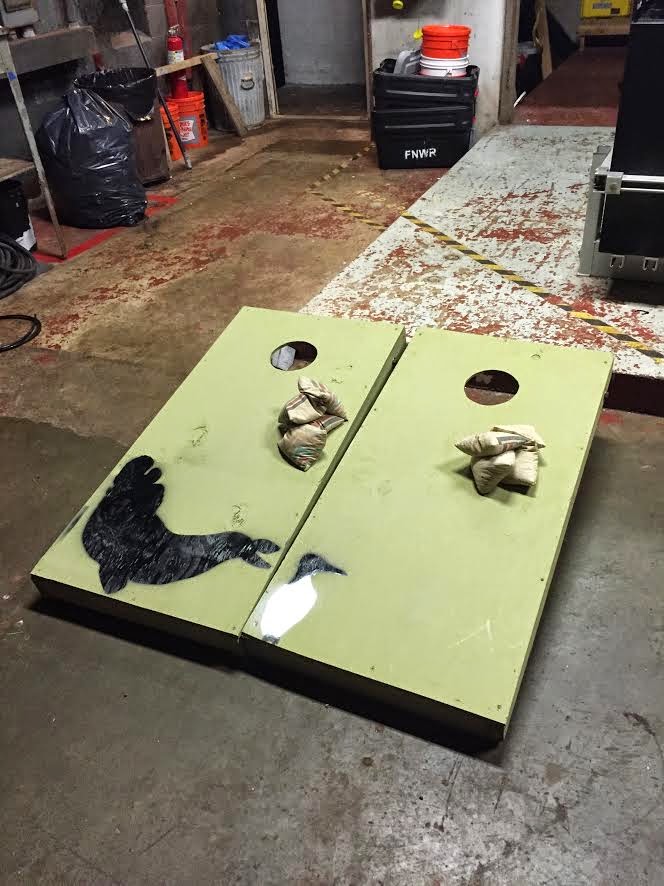March 11th
marked the end of the 2014-2015 SEFI elephant seal breeding season. Pup -91 was
the last to wean. This year we had 93 cows, 67 of which pupped. Of those 67, 42
successfully weaned. When going through
our data, we noticed that there was higher pup mortality this winter season.
One reason for this could be that more cows pupped in Mirounga Beach, a narrow
inlet that doesn’t allow for much movement during tidal surges and storms. This
resulted in multiple pups being crushed or washed out to sea.
 |
| Cows and pups in Mirounga Beach |
Another
bit of information to take into consideration is that Andre, the bull in the
area, moved between Sand Flat and Mirounga Beach rather frequently this season,
which may have led to an increased movement of males and thus a
greater chance of crushing pups.
 |
| Andre at the entrance to Mirounga Beach |
This
winter season was quite warm compared to previous years. During warm days,
cows, pups, and weaners would often congregate in the water puddles near
Breaker Cove, an inlet just below Breaker Terrace and Sand Flat. As many
pups and weaners moved close to the edge to seek out cooler temperatures, they
fell into the cove. Since the weaners are unable to swim at this point, those
that fell in were washed out to sea.
 |
| A weaner splashing around in the water puddles near Breaker Cove |
As for
the other pinnipeds on the island, the number of California sea lions has
increased dramatically in the past couple of weeks. It is becoming harder to
access certain areas on the island without disrupting them, so we have been
very cautious not to disturb them.
This
past Saturday, March 14th, was the end of the 2014-2015 SEFI winter
season. During our last week, we decided to make corn hole boards to leave on
the island for the future interns and biologists. After many hours in the ‘carp
shop’ and sewing bean bags from old pillow cases, they were finally complete.
We decorated them with a spray painted elephant seal and common murre. We
finished them just in time to get a few games in for ourselves.
It was
hard to say goodbye, but we will forever have such wonderful
memories of this past winter on SEFI.
As hard
as it is to say goodbye to the elephant seals and the winter crew, we welcome
the seabird season and its crew whole-heartedly. Most of the work we have done
so far is maintenance and gearing up for the busy season ahead. We have been
cleaning out and repairing the 447 Cassin’s Auklet boxes scattered throughout
the island. We found our first Cassin’s in one of the PRBO boxes near North
Landing last week, though it was without an egg.
Things
should pick up as the seabird season gets underway, so check back soon for
further updates!
-
Written by 2015 Point Blue winter research assistant Vanessa Delnavaz









